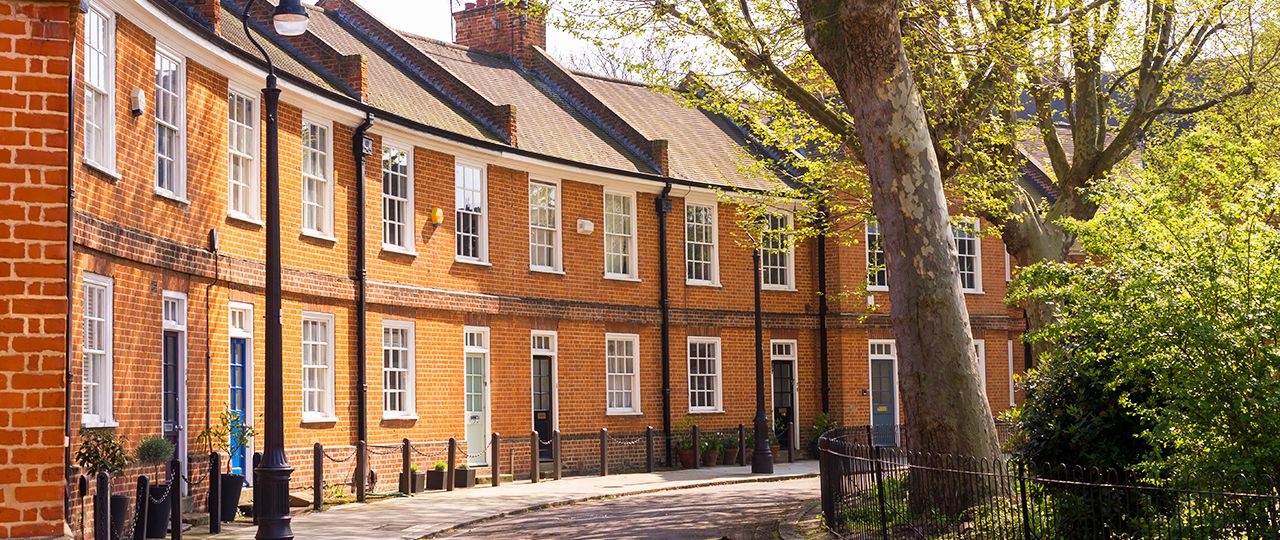
Vanessa Hale
Director, Research


Director, Research
Brexit continues to be a major source of uncertainty within British politics. However, looking beyond the government and concentrating on the economy, the National Institute for Economic and Social Research estimate that the UK GDP grew by 0.6% in Q3 2018. This is a higher growth than Q2 2018 (0.4%) and substantially higher than the Q1 2018 growth of 0.2%. These improved figures however are not sufficient to completely compensate for the slower performance at the start of the year, and forecasts for the growth expected over the whole of 2018 have been revised down slightly. The independent forecasts collected by Her Majesty’s Treasury (HMT) range from 1.2% to 1.5%, with an average forecast of 1.3%, for total growth by the end of 2018. This outlook has been downgraded slightly from the previous quarter (when the average outlook was 1.4% for 2018). For 2019 the spread has remained largely unchanged, ranging from 0.8% to 2.0% with an average forecast of 1.5%.
The British Chamber of Commerce (BCC) have also downgraded their growth forecasts for the UK economy, from 1.3% to 1.1% for 2018. If this is realised 2018 will be the weakest year since 2009. They have also downgraded expected growth for 2019from 1.4% to 1.3% although the 2020 forecast remains unchanged at 1.6%. A more conservative outlook for consumer spending, business investment and trade drives this change. The BCC acknowledges that real wages are now rising, but so far the increases have been so negligible and it will not translate into any growth in consumer spending. In addition productivity remains weak, which will also limit increases in real wages.
In Q2 2018, the ICAEW reported a business confidence score of +7, which was the first time it had been positive since the EU referendum and the first time all regions were positive. Unfortunately this was not the start of a trend as business confidence decreased to -2 for Q3 2018. Although not a huge decrease it highlights the uncertainty across business, mirroring the economic uncertainty. The cause for this reduction in confidence is down to a range of factors; inflation not declining as fast as expected whilst being accompanied by an interest rate rise (raising the base rate to 0.75%), declines in the rate of house price growth, various high street retailers closing down and Brexit negotiations not progressing as fast as expected.
The interest rate increase is only the second interest rate rise since the financial crisis and will have a knock on effect of increasing the cost of mortgages for some households, and increasing saving rates for others. Forecasters still expect interest rates to rise gradually over the next few years, with an expectation of reaching 2% by 2021.
In May 2018 the FTSE 100 matched its previous all-time high seen in December 2017, before falling slightly. Over the course of Q3 2018 it has continued this decline and is now at the lowest level of the past six months, although by historic rates remains strong.
Download the full report here.